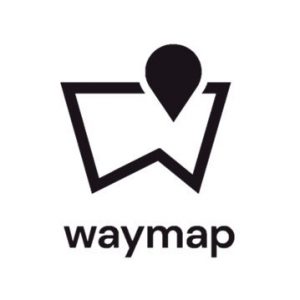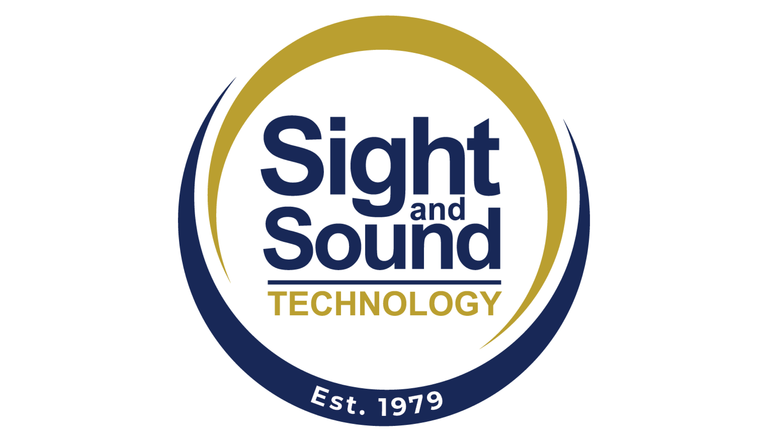Just before the start of National Eye Health Week (NEHW) on 18 September and in light of the ongoing battle to prevent, treat and cure eye diseases and systemic diseases that can impact sight, it is vital that the critical role that assistive technology (AT) can play in rehabilitating patients experiencing sight loss is constantly acknowledged and applauded.
To put this into context, I lost my sight in 2010, so I acquired a personal as well as a professional interest in AT. I had struggled for some years with diminishing sight to read emails, recognise faces, navigate indoors or outdoors in glare or low light, and generally manage the tasks in daily living that we all take for granted.
It never occurred to me that AT could come to the rescue in so many ways and it took me some time to discover that alongside our world-class army of basic discovery scientists, there is an equally impressive cohort of technology developers in universities and the private sector who are working tirelessly to rehabilitate patients using AT.
Against this backdrop, I launched VisionBridge, an independent social enterprise designed to advocate for eye research, promote eye health and champion AT innovation. We have no commercial interest in AT, but we do have a mission to widen access to appropriate technologies for vi communities worldwide. We applaud the emerging software and hardware technologies which are more task-oriented, disease-specific, simpler to use, lighter, smaller, more accurate and flexible and indeed feature AI, AR and VR, more sensitive sensors and longer battery life and are more sensibly priced.
Personally speaking, AT continues to help me work, communicate, and retain a measurable degree of mobility and independence. I am amazed by the ability of innovative hardware and software, to evolve and make life just that little bit easier, whether it is integrated into a computer, iPad, iPhone or indeed features in Smart wearables or portables, like the WeWalk which I use. WeWalk is a classic example of a “listening” tech developer that enhances the functionality, usability, and ergonomics of the cane, based on feedback from vi/blind communities. Also, the WeAssist function is an exciting addition to the degree of support now becoming available to users.
AT is certainly not a panacea for sight loss. It does not pretend to prevent, treat, or even cure my blinding disease. However, it should be considered as a useful friend. One such example is digital wayfinding technology which I believe will soon revolutionise the degree of accessibility and inclusivity in built environments for visually impaired users and indeed eventually those with dementia, learning disabilities and neurodiversity. I want to remain as mobile, independent, safe, and informed as possible as I move around. This outcome can only be achieved if the wayfinding solution I am using is highly accurate, reliable, hands-free and does not rely on connectivity or infrastructure viability inside a building. I believe technologies such as “Waymap” which simply requires a scanned internal digitised map of a building to be uploaded, featuring so-called “points of interest” may offer ingenious solutions.
Digital wayfinding solutions offer the intriguing proposition of also supporting sighted users as they navigate around the built environment, who may be experiencing a degree of dementia, learning disability or neurodiversity or who may be simply disorientated and confused by the myriad range of existing wayfinding prompts including signage, maps, lighting, colours, textures, layout, and acoustics. In this context, access consultants, regulators, designers and developers and venue owners and operators need to be sensitive to the additional needs of their visitors, customers, employees, and others and embrace this emerging potential of digital wayfinding applications and not just rely on the traditional audible alerts, wheelchair ramps and luminous lines on the floor that have hitherto “ticked the accessibility box”. For digital wayfinding to fully maximise accessibility and inclusivity for vi communities, it needs to be universally adopted and continually updated to offer a seamless and trouble-free experience for all users.
Waymap’s location technology is powered by an advanced AI-based algorithm (Trace) that runs on the smartphone to deliver visual or audibly described real-time location and heading. This is combined with accurate digital maps, which are loaded into the app to automate the delivery of audio navigation instructions, and point of interest information, and to support dynamic re-routing. A user requires only one free Waymap App for all environments supported by Waymap, everywhere around the world.
Looking over the AT horizon, there is no doubt that progress will continue to be made in areas such as vision enhancement, reading support, obstacle avoidance, scene description, remote-sighted assistance, and object recognition, but I believe it is in the world of navigation and orientation technology where the fundamental step-change in the quality of life for visually impaired communities (and others) will occur. The ability of users to ultimately travel safely and confidently will inestimably enhance their employment and educational opportunities, connectivity with community, mental health, and emotional well-being, let alone make commercial sense for venue owners and operators who choose to adopt this type of wayfinding solution.



